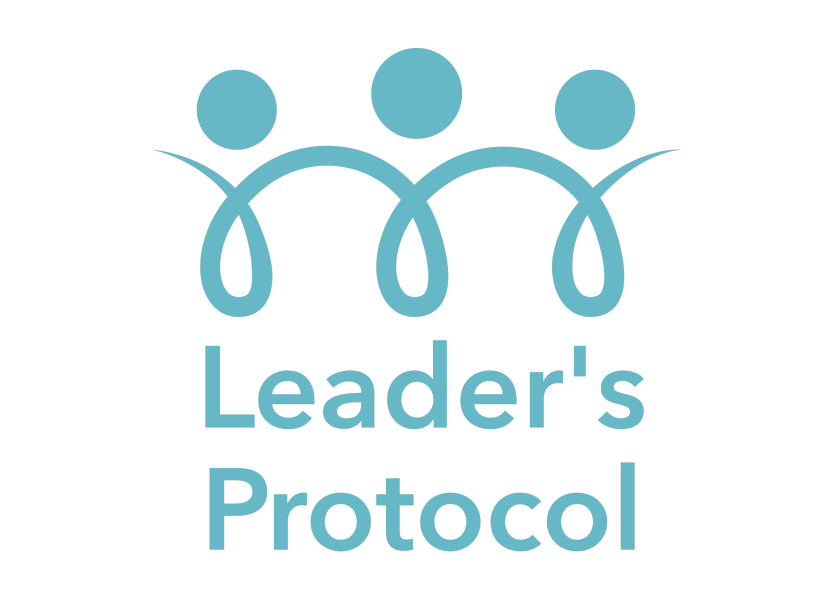We all have a built-in tenacity quotient that we can choose to use as and when we want to. And usually its like a battery with limited life before it needs a re-charge. Some of the most admirable leaders I've worked with display a level of perseverance that has been the secret sauce to inspire the team over the line. Here I try to lay out a little more about what it means
Beyond Talent: The Role of Grit and Perseverance in Leadership
There’s no question that talent plays a significant role in leadership. However, it is far from being the only or even the most crucial factor. Two other key traits — grit and perseverance — often have a more profound impact on leadership effectiveness. These are the traits that determine whether talent will translate into real-world results. Sheer tenacity and outright bloody-mindedness to succeed are often traits that appear, and sometimes in those we may not expect to see it. Leadership can and does encourage those with the will to push for a result that otherwise they may not.
Talent is Not Enough
Talent is undeniably a good start, but it isn’t a guarantee of success. If it were, every gifted individual would be a world-class leader, and we know this isn’t the case. What differentiates great leaders from merely talented individuals is often not a greater degree of talent but a higher level of grit and perseverance.
A 2017 survey of CEOs conducted by Fortune found that 65% of leaders view “grittiness” as one of the top qualities they look for in their leadership team. This quality represents the capacity to stay committed and to keep pushing forward despite setbacks and obstacles.
For leaders, it’s also about spotting when teams may be finding things tough and are powering on, drawing on each other, finding strength from somewhere, and keeping on going. Some teams just do this, some maybe not so. Where this happens, leaders are often wholly reliant on discretionary effort. Perseverance coupled with discretionary effort is a quality in any individual or team to be valued and respected. Take it for granted at your peril. Leaders become acclimatised to having these intrinsic capabilities in their teams and yet sometimes, the bond of trust gets broken, the psychological contract fractures and its all lost. Treasure this differentiating strength if you have it!
The Power of Grit
Grit is a trait that encompasses passion and sustained persistence applied towards long-term achievement, with no particular concern for rewards or recognition along the way. It’s about staying the course and not allowing setbacks or failures to deter you from your end goal.
The Pixar animation company is a useful example. Ed Catmull, co-founder of Pixar, recounts in his book “Creativity, Inc.” (a great read btw), how the company weathered numerous crises, including hardware failures, financial issues, and significant story problems in their movies. It was grit and perseverance, not just raw talent, that helped Pixar to become a leading animation studio.
The Determination of Perseverance
Perseverance can be understood as the effort required to do something and keep doing it till the end, even if it’s hard. Elon Musk’s journey with SpaceX is a testament to the power of perseverance. SpaceX faced three failed launches before their fourth attempt, Falcon 1 Flight 4, successfully reached orbit in 2008. Today, SpaceX has made history with its advances in reusable rockets. Now, whilst that’s an extreme many more modest examples exist, probably ones we’ve all experienced where something such as acquiring a new customer despite setbacks, getting that one product feature just right, believing in a vision that is beset by challenges time and time again. Talent alone doesn’t deliver these results. Execution needs perseverance. And if the leader isn’t seen to be persevering and digging deep when times are hard, why would the employees show such behaviour or have those values?
Cultivating Grit and Perseverance
So, how can leaders develop and foster grit and perseverance?
- Develop a tenacious mindset: This is the belief that your abilities can be developed through dedication and hard work. It creates a desire for learning and resilience, which is essential for great accomplishments.
- Establish a positive mindset: It may not be an easy journey, but as a leader you must have a belief in the endeavour, the team, and the vision as a whole.
- Set clear long-term goals: Having a clear vision of what you want to achieve in the long term can help maintain motivation during challenging times.
- Encourage risk-taking: It’s vital to create an environment where taking calculated risks is rewarded and where failure is seen as a learning opportunity.
Key Takeaways
Leadership is more than just talent. It’s about having the grit to stick to your vision and the perseverance to overcome challenges. Here are some key points to consider:
Evaluate your leadership approach: Are you relying on talent alone, or are you also encouraging and role modelling grit and perseverance?
Consider how you can cultivate a growth mindset in your organisation.
Reflect on how you can encourage risk-taking and resilience within your team.
Remember, it’s not always the most talented who achieve great things but those who persevere and display grit when faced with challenges.
Further Reading and Exploration
For more in-depth exploration of this topic, consider the following resources:
Book: “Grit: The Power of Passion and Perseverance” by Angela Duckworth
Article: “The Power of Passion and Perseverance” by Knowledge@Wharton
Video: TED Talk “The power of passion and perseverance” by Angela Duckworth
Podcast: “WorkLife with Adam Grant: The Science of Grit”
Footnotes
Fortune. (2017). The Surprising Trait 65% of CEOs Share.
Duckworth, A. (2016). “Grit: The Power of Passion and Perseverance”.
Catmull, E. (2014). “Creativity, Inc.: Overcoming the Unseen Forces That Stand in the Way of True Inspiration”.
Vance, A. (2015). “Elon Musk: Tesla, SpaceX, and the Quest for a Fantastic Future”.
Dweck, C. (2006). “Mindset: The New Psychology of Success”.



